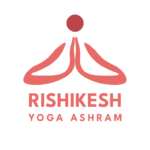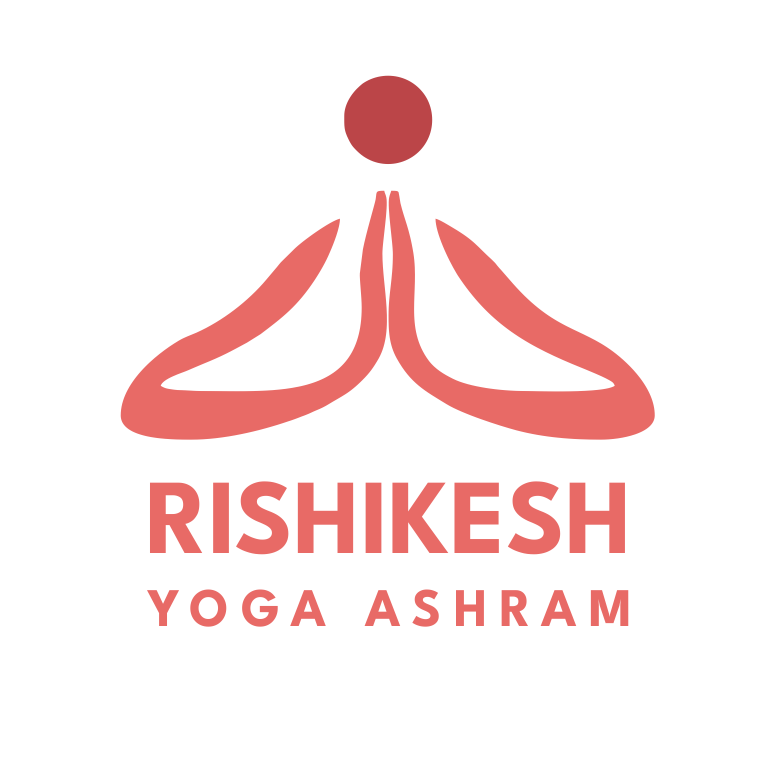Janu Sirsasana, or Head-to-Knee Pose, is a powerful sitting yoga pose that provides deep stretching, flexibility, and mindfulness. The Sanskrit name “Janu Sirsasana” is derived from “Janu” (knee) and “Sirsasana” (head), indicating the head-to-knee posture where one leg is extended while the other is folded back. janu shirshasana information in marathi, This padmasana lotus pose is a staple in Hatha Yoga, promoting relaxation and physical well-being.
Practicing janusirsasana benefits the body by stretching the hamstrings, groin, and lower back, enhancing flexibility while calming the mind. This asana is commonly included in yoga sequences, making it an essential practice for both beginners and advanced yogis. Let’s explore the step-by-step guide to performing Janu Sirsasana, benefits of janushirasana, janu sirsasana steps, precautions, and variations to help you integrate it into your yoga practice.
Step-by-Step Guide to Janu Sirsasana
Step 1: Pre-Warm-Up
Before attempting Janu Sirsasana, prepare your body by performing warm-up exercises like Downward Dog, Cat-Cow, or Forward Fold.
Step 2: Sit in the Initial Position
- Sit on the floor with your legs extended straight in front of you.
- Keep your spine upright and your shoulders relaxed.
- Engage your core muscles to support your posture.
Step 3: Bend One Leg
- Bend your right leg, placing the sole of your right foot against your left inner thigh.
- Ensure your right knee points outward toward the floor while your left leg remains straight.
Step 4: Extend the Spine and Arms
- Inhale deeply and lengthen your spine.
- Raise your arms overhead, engaging your core muscles.
Step 5: Fold Forward
- Exhale and fold forward from your hips while keeping your back straight.
- Reach for your extended leg’s foot, ankle, or shin.
- Keep your head aligned with your knee, gently relaxing into the pose.
Step 6: Hold and Breathe
- Hold the pose for 30 seconds to 1 minute, breathing deeply.
- Avoid overstretching and gradually deepen the fold with each exhale.
Step 7: Release the Pose
- Inhale and return to an upright seated position.
- Straighten your right leg and repeat the sequence on the opposite side.
Top Janu Sirsasana Benefits
1. Improves Flexibility
Practicing Janu Sirsasana benefits your hamstrings, lower back, and groin by improving flexibility and mobility.
2. Enhances Digestion
This sitting yoga pose stimulates abdominal organs, aiding digestion, Boost Energy & Flexibility and relieving constipation.
3. Reduces Lower Back Pain
The deep forward bend in Janu Sirsasana helps release tension in the lumbar spine, improving posture and reducing lower back discomfort.
4. Calms the Nervous System
Similar to shirshasana, this pose activates the parasympathetic nervous system, reducing stress and anxiety.
5. Stimulates the Liver and Kidneys
The compression of abdominal organs enhances detoxification and improves overall health.
6. Increases Mental Clarity
Holding Janu Sirsasana requires focus, improving concentration, awareness, and mindfulness.
7. Reduces Menstrual Discomfort
Janu Sirsasana benefits women by alleviating menstrual cramps and bloating through gentle abdominal stimulation.
8. Strengthens the Pelvic Floor
Like parivrtta janu sirsasana, this pose strengthens pelvic floor muscles, benefiting overall core stability.
Precautions for Janu Sirsasana
Janu sirsasana precautions are as follow:
- Avoid if you have back injuries: Forward bending can exacerbate back pain.
- Pregnant women should modify the pose: Deep forward folds should be avoided.
- Don’t overstretch your hamstrings: Overstretching can cause injuries.
- Use props if needed: Beginners can use yoga blocks or straps for support.
Janu Sirsasana Variations
1. Parivrtta Janu Sirsasana (Revolved Head-to-Knee Pose)
- A twisting variation that deepens spinal rotation while improving digestion.
- Parivrtta Janu Sirsasana benefits include enhanced flexibility and detoxification.
2. Dandayamana Janu Sirsasana (Standing Head-to-Knee Pose)
- Balancing variation that strengthens core stability.
- Great for improving posture and flexibility.
3. Janusirsasana Images with a Strap
- Perfect for beginners who need additional support.
- Helps in gradual hamstring lengthening.
Janu Sirsasana in Yoga Teacher Training
If you wish to master Janu Sirsasana yoga, consider enrolling in a 200 Hour Yoga Teacher Training Course in Rishikesh. This program, offered by the best yoga school in Rishikesh, will deepen your understanding of yoga postures, breathing techniques, and anatomy.
- Learn the proper alignment of Janu Sirsasana.
- Understand the contraindications of Janu Sirsasana.
- Practice Janu Sirsasana sequence effectively.
- Janu sirsasana for beginners
Frequently Asked Questions (FAQs)
1. What are the benefits of Janu Sirsasana?
Janu Sirsasana benefits include increased flexibility, better digestion, lower back pain relief, improved concentration, and detoxification of the body.
2. What is the difference between Janu Sirsasana and Parivrtta Janu Sirsasana?
- Janu Sirsasana is a basic forward bend.
- Parivrtta Janu Sirsasana adds a spinal twist, enhancing detoxification and flexibility and parivrtta janu sirsasana benefits are more helpful.
3. Is Janu Sirsasana suitable for beginners?
Yes, but beginners should start with modified versions, such as using a yoga strap or bending the knee slightly.
4. How long should you hold Janu Sirsasana?
For best results, hold the pose for 30 seconds to 1 minute per side.
5. Can Janu Sirsasana relieve menstrual pain?
Yes, this seated pose can help reduce menstrual cramps by stimulating blood flow to the abdomen.
6. What are the contraindications of Janu Sirsasana?
- Back injuries
- Pregnancy (use modifications)
- Severe knee pain or hamstring strain
Final Thoughts
Janu Sirsasana, a powerful forward bend, offers numerous physical and mental benefits. Whether you’re practicing it for hamstring flexibility, stress relief, or improved digestion, this yoga pose is an essential addition to any yoga sequence.
For deeper learning, consider enrolling in a Yoga Teacher Training School in Rishikesh, where you can refine your practice with expert guidance from certified instructors.
By incorporating Janu Sirsasana variations and practicing with proper precautions, you can enhance flexibility, mental clarity, and inner peace.
Start your Janu Sirsasana yoga journey today and experience the transformative benefits of this beautiful seated yoga pose!


